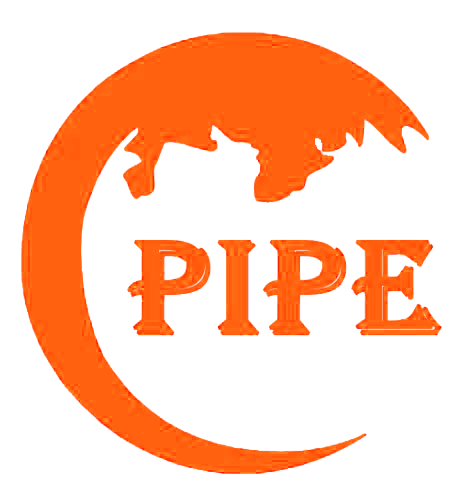Project Info
Butt welded steel pipe
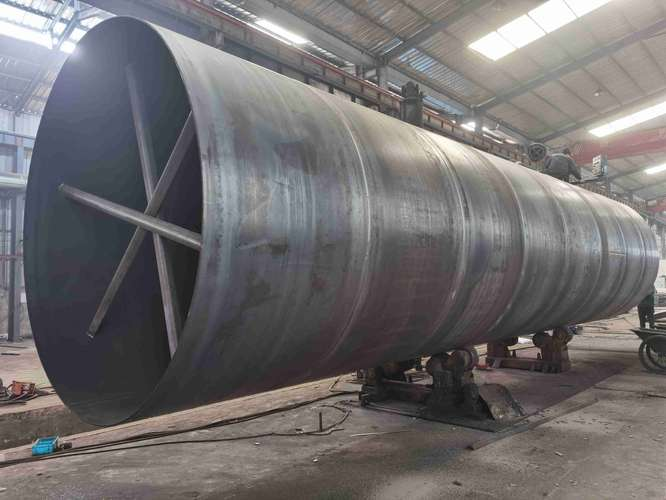
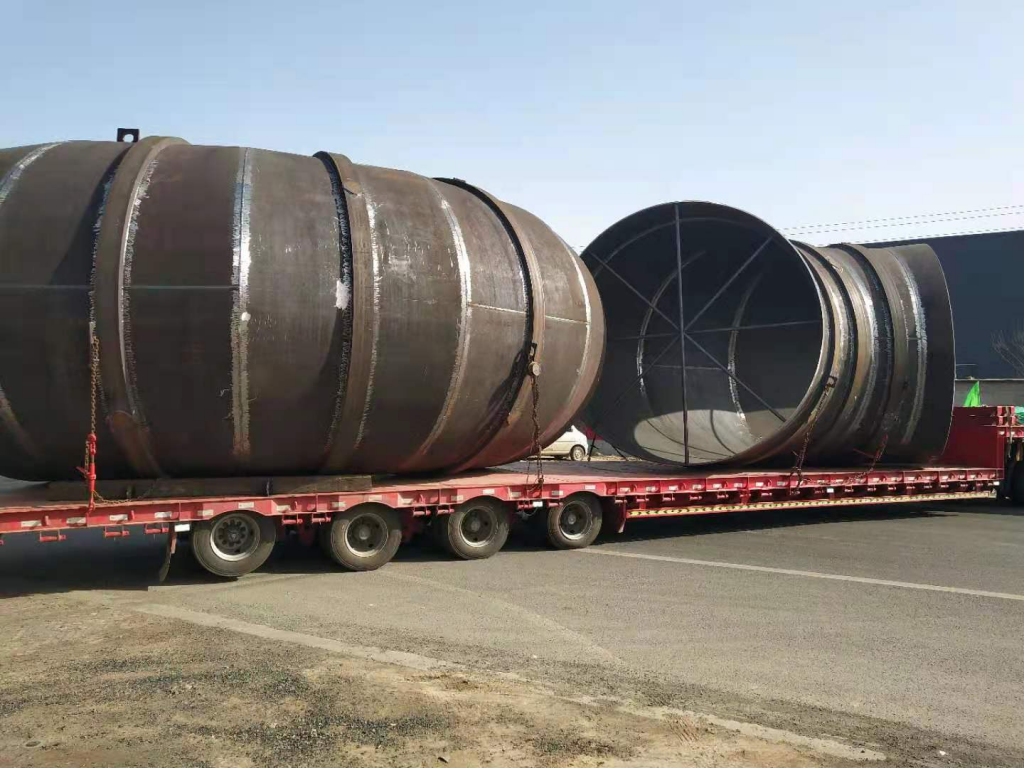
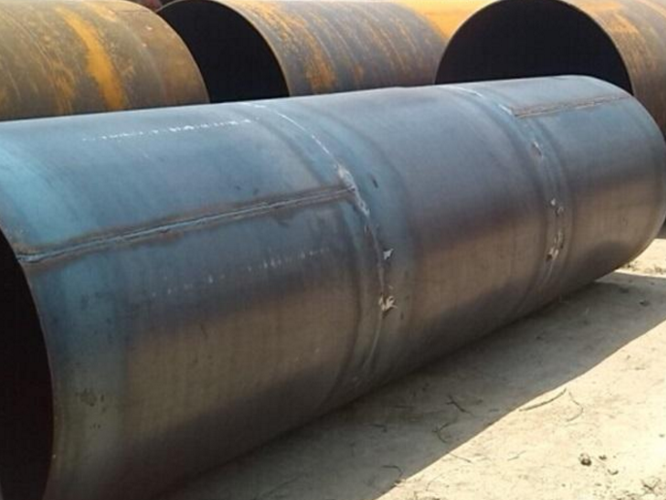
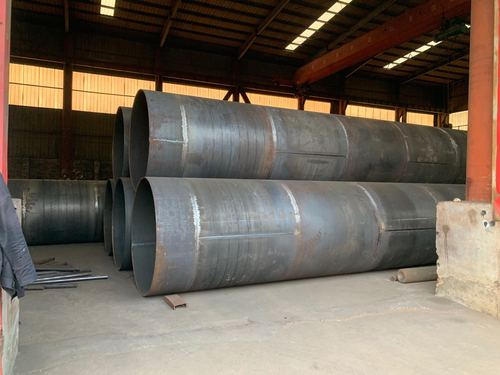
A type of welded pipe fittings is made from welded pipes. For pipe fitting manufacturers, the forming process using welded pipes is basically the same as that using seamless pipes, and the forming process of welded pipe fittings does not include the welding process; Another method is for pipe fittings manufacturers to complete the welding process required for pipe forming. Welding flanges are a type of flange pipe fittings that are widely used and promoted in different fields and industries. They are suitable for different applications and environments, and need to be used according to certain conditions. A butt welded elbow is made by welding two steel plates together. Generally, this process is used for large diameter elbows, and those with diameters above 600 are mostly butt welded elbows.
Welded steel pipe is a type of steel pipe manufactured through welding technology, widely used in fields such as petroleum, natural gas, chemical, power, and construction. Here is a detailed introduction:
1. Manufacturing process
Welded steel pipes are made by using the welding process, which involves bending steel plates or strips into shape and then welding them together. Common processes include:
-LSAW (Straight Seam Welded Pipe): Steel plates are welded along the length direction.
-Spiral Welded Pipe (SSAW): Welding of steel strip after spiral curling.
-High frequency straight seam welded pipe (ERW): Welding is carried out by heating with high-frequency current.
2. * * Material**
Common materials include:
-Carbon steel: such as Q235, Q345, etc., suitable for general structures.
-Alloy steel: such as 16Mn, 15CrMo, etc., used in high-strength or corrosion-resistant environments.
-Stainless steel: such as 304, 316, etc., used for high corrosion resistance requirements.
3. * * Specifications**
-Outer diameter: ranging from a few millimeters to a few meters.
-Wall thickness: from thin wall to thick wall, suitable for different pressure requirements.
-Length: usually 6-12 meters, can also be customized.
4. * * Application Fields**
-Oil and natural gas: used for transporting pipelines.
-Chemical industry: transporting corrosive media.
-Electricity: Used for boilers, heat exchangers, etc.
-* * Architecture * *: Used for structural support, scaffolding, etc.
5. * * Advantages**
-High strength: The welding process ensures high strength and durability.
-Low cost: Compared to seamless steel pipes, the production cost is lower.
-Flexible specifications: Different sizes and materials can be customized according to needs.
6. * * Standards and Certification**
Common standards include:
-International standards such as API 5L, ASTM A53, etc.
-National standards such as GB/T 3091, GB/T 9711, etc.
7. * * Quality Control**
Strict testing is required during the production process, including:
-* * Non destructive testing * *: such as ultrasonic and X-ray testing of weld quality.
-* * Stress Test * *: Ensure the ability to withstand pressure.
-* * Dimensional inspection * *: Ensure compliance with specification requirements.
8. * * Market and Suppliers**
Global major suppliers include steel companies from China, the United States, Europe, and other regions, with fierce market competition and prices influenced by raw materials and demand.
summarize
Welded steel pipes are widely used in multiple industries due to their advantages of high strength, low cost, and flexible specifications, and the market demand continues to grow.
